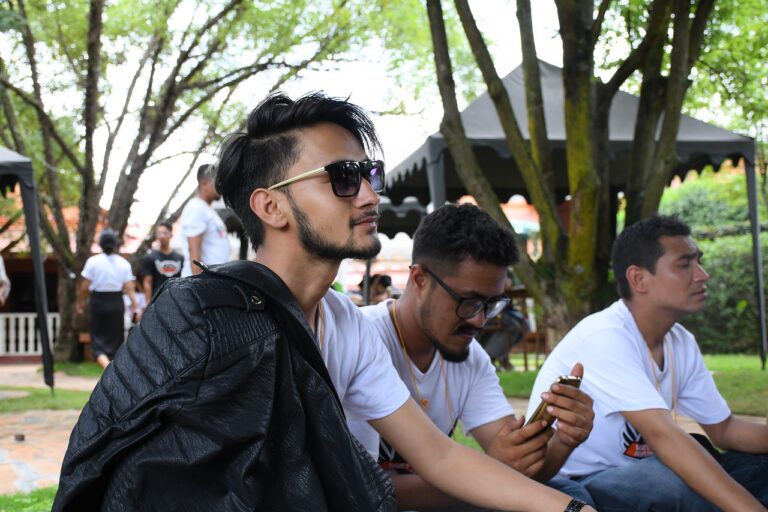Fashion and Cultural Identity: Exploring Traditional Dress and Ethnic Influences
Traditional dress serves as a powerful symbol of identity, heritage, and cultural pride for communities around the world. These garments often carry centuries-old traditions and craftsmanship, reflecting the unique history and values of a particular ethnic group. It is through these intricate designs, patterns, and colors that individuals express their connection to their roots and ancestors.
Moreover, traditional attire plays a vital role in important ceremonies and rituals, where specific garments are worn to commemorate significant events such as weddings, festivals, or religious celebrations. The choice of clothing in these instances not only showcases the richness of cultural diversity but also reinforces social cohesion and unity among community members. In essence, traditional dress goes beyond mere clothing; it is a symbol of collective memory, solidarity, and cultural continuity.
Historical Influences on Ethnic Fashion
Throughout history, ethnic fashion has been deeply influenced by various cultural and historical factors. The traditional attire of different ethnic groups often reflects the customs, beliefs, and values of their communities. These garments are not merely pieces of clothing, but rather symbolic representations of identity and heritage, passed down through generations.
In many cases, historical events such as colonization, migration, and trade have played a significant role in shaping the ethnic fashion of different regions. The influx of new materials, designs, and techniques brought by outside influences have been incorporated into traditional dress, resulting in unique and evolving styles that blend the old with the new. This fusion of historical elements has created a rich tapestry of ethnic fashion that continues to be celebrated and preserved around the world.
• Over time, ethnic fashion has evolved to incorporate a mix of traditional and modern elements
• Colonization led to the introduction of new fabrics and styles into indigenous clothing
• Migration patterns have influenced the exchange of fashion trends between different cultures
• Trade routes facilitated the spread of textiles and designs across borders
• Ethnic fashion serves as a visual representation of cultural diversity and heritage
Impact of Globalization on Traditional Attire
In today’s interconnected world, traditional attire has undergone significant transformations due to the effects of globalization. With the increase in international travel, migration, and digital communication, various cultural dress forms have become open to global influence. This has led to a blending of traditional styles with modern elements, creating unique and hybrid fashion statements that resonate with a global audience.
Globalization has also facilitated the spread of traditional attire beyond its original cultural boundaries. Through the reach of social media and fashion industry collaborations, traditional clothing from different regions has gained popularity worldwide. This increased visibility has not only brought appreciation for diverse cultural heritages but has also sparked debates around issues of cultural appropriation and commercial exploitation.
What is the cultural significance of traditional dress?
Traditional dress often reflects a society’s values, beliefs, and customs. It can symbolize identity, heritage, and community pride.
How have historical influences shaped ethnic fashion?
Historical events, colonization, migration, and trade have all influenced the development of ethnic fashion. These factors have led to the incorporation of new materials, designs, and styles into traditional attire.
How has globalization impacted traditional attire?
Globalization has led to the spread of Western fashion trends, resulting in the decline of traditional attire in some cultures. However, it has also created opportunities for traditional designers to showcase their work on a global scale.
Have traditional dress styles completely disappeared due to globalization?
While some traditional dress styles have declined in popularity due to globalization, many cultures are now embracing and revitalizing their traditional attire as a way to preserve their heritage in the face of modern influences.
How can individuals support the preservation of traditional attire in the era of globalization?
Individuals can support the preservation of traditional attire by purchasing and wearing traditional clothing, supporting local artisans and designers, and educating themselves and others about the cultural significance of traditional dress.







